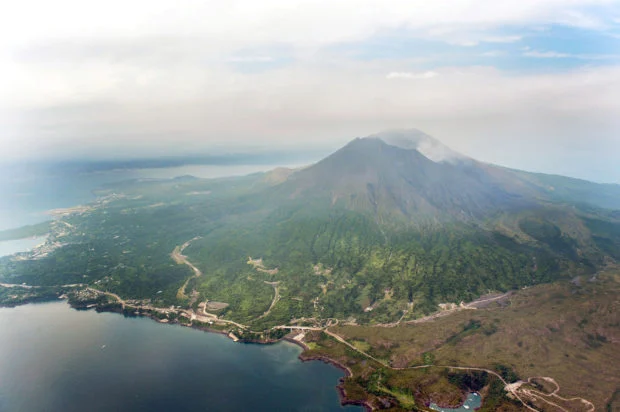On Sunday evening, a volcano on Japan’s major western island of Kyushu erupted, sending black smoke high into the air, but there were no immediate reports of damage or injuries, and authorities said they did not expect a major eruption.

The volcano, known as Sakurajima, is located near the city of Kagoshima on Kyushu’s southern tip. It erupted around 8:05 p.m. (1105 GMT), according to the Japanese Meteorological Agency (JMA).
A JMA official reported that volcanic stones began to fall 2.5 km (1.5 miles) away from the volcano. He continued that no significant eruption was anticipated but that the highest level of eruption alert, level 5, had been raised and some areas had been advised to evacuate.
One of Japan’s most active volcanoes, Sakurajima regularly experiences eruptions of varying intensity. It ejected ash 5.5 km (3.4 miles) high in 2019.
At a news conference, Yoshihiko Isozaki, the deputy chief cabinet secretary, said at a news conference that there had been no initial reports of damage from Sunday’s eruption as officials looked for more details on the matter.
Nuclear regulators reported that the Sendai nuclear power plant, which is located about 50 kilometers (31 miles) from the volcano, had no irregularities.
Red projectiles were seen shooting upward from what appeared to be a red mass that was flowing down the volcano’s one side in video footage.
In some areas close to the volcano, rain was predicted for Monday, according to the JMA, but not the kind of heavy rain that might trigger mudslides after the eruption.
The majority of Kagoshima is across the bay from the volcano, but NHK reported that, depending on the situation, several residential areas within about 3 km (1.9 miles) of the crater may be required to evacuate.
51 nearby residents were reportedly being evacuated, according to a later report.







